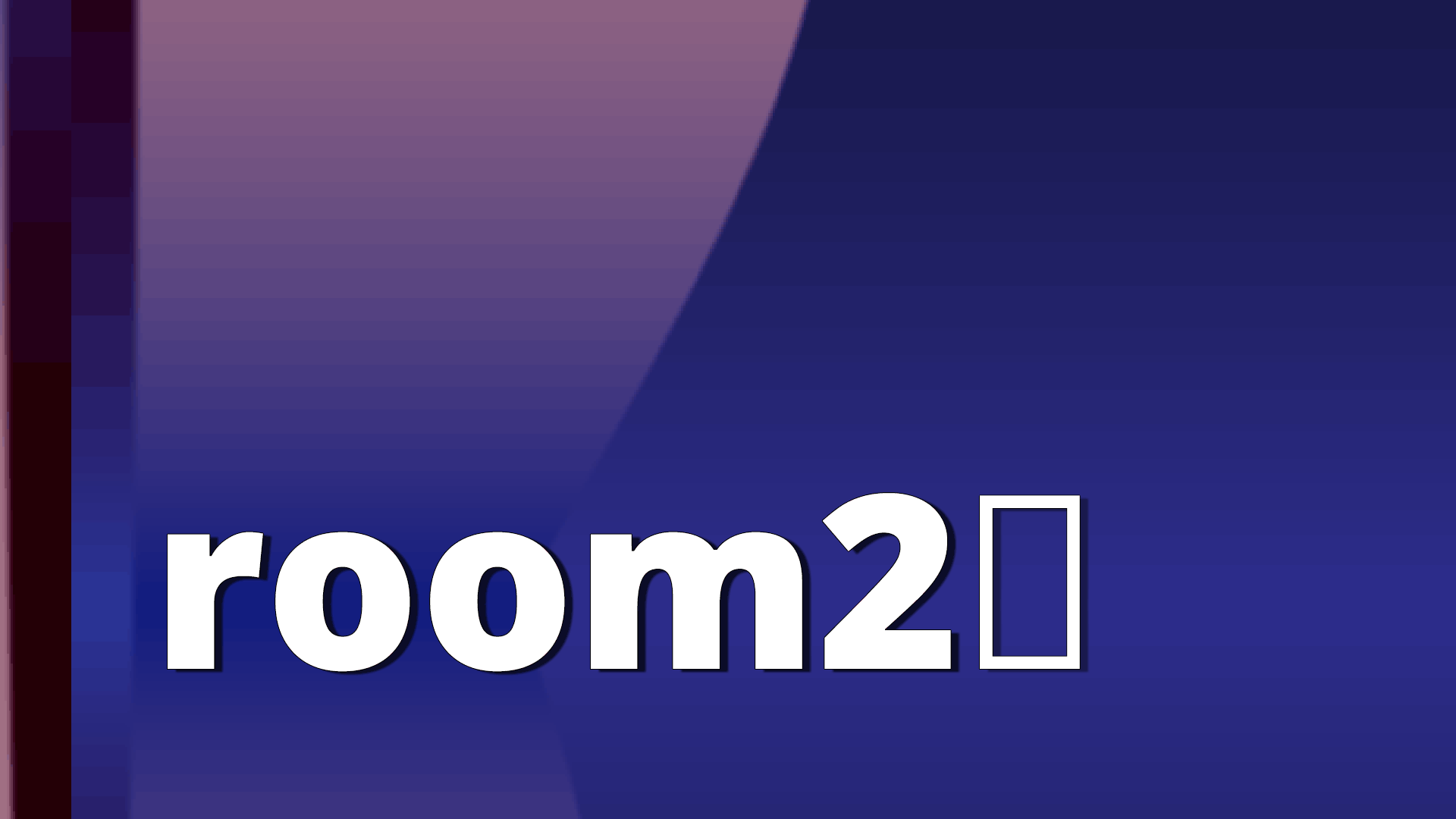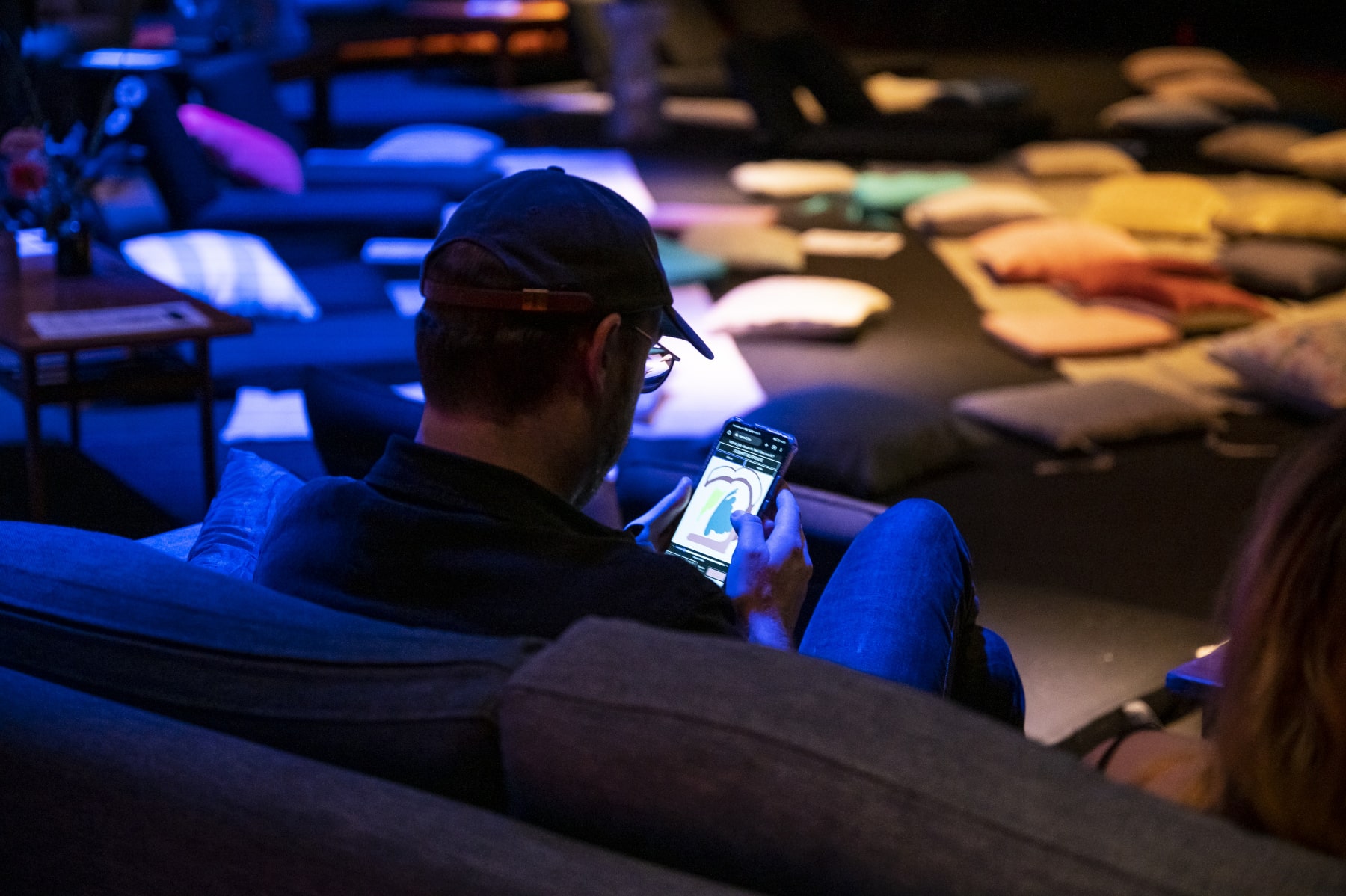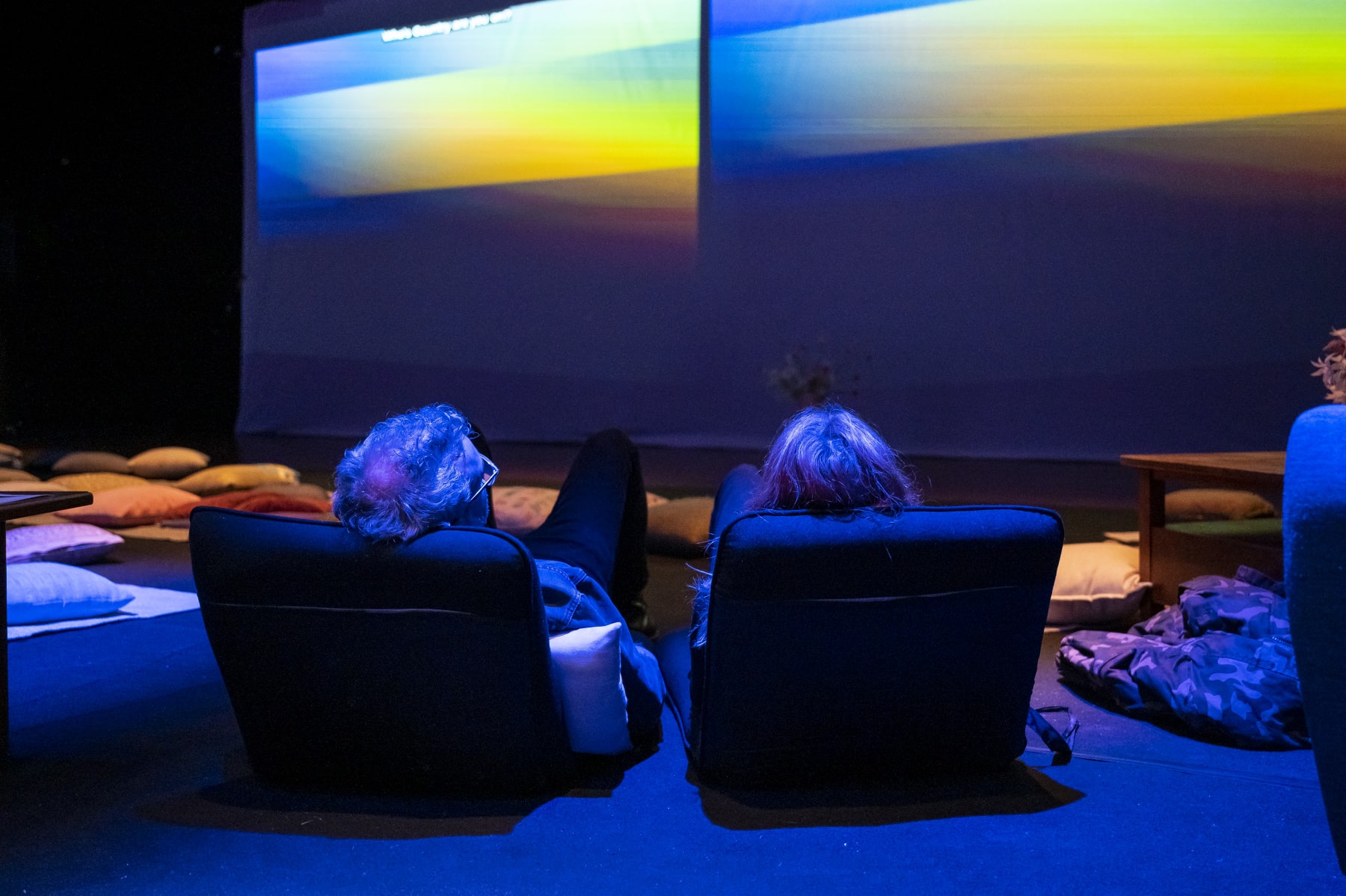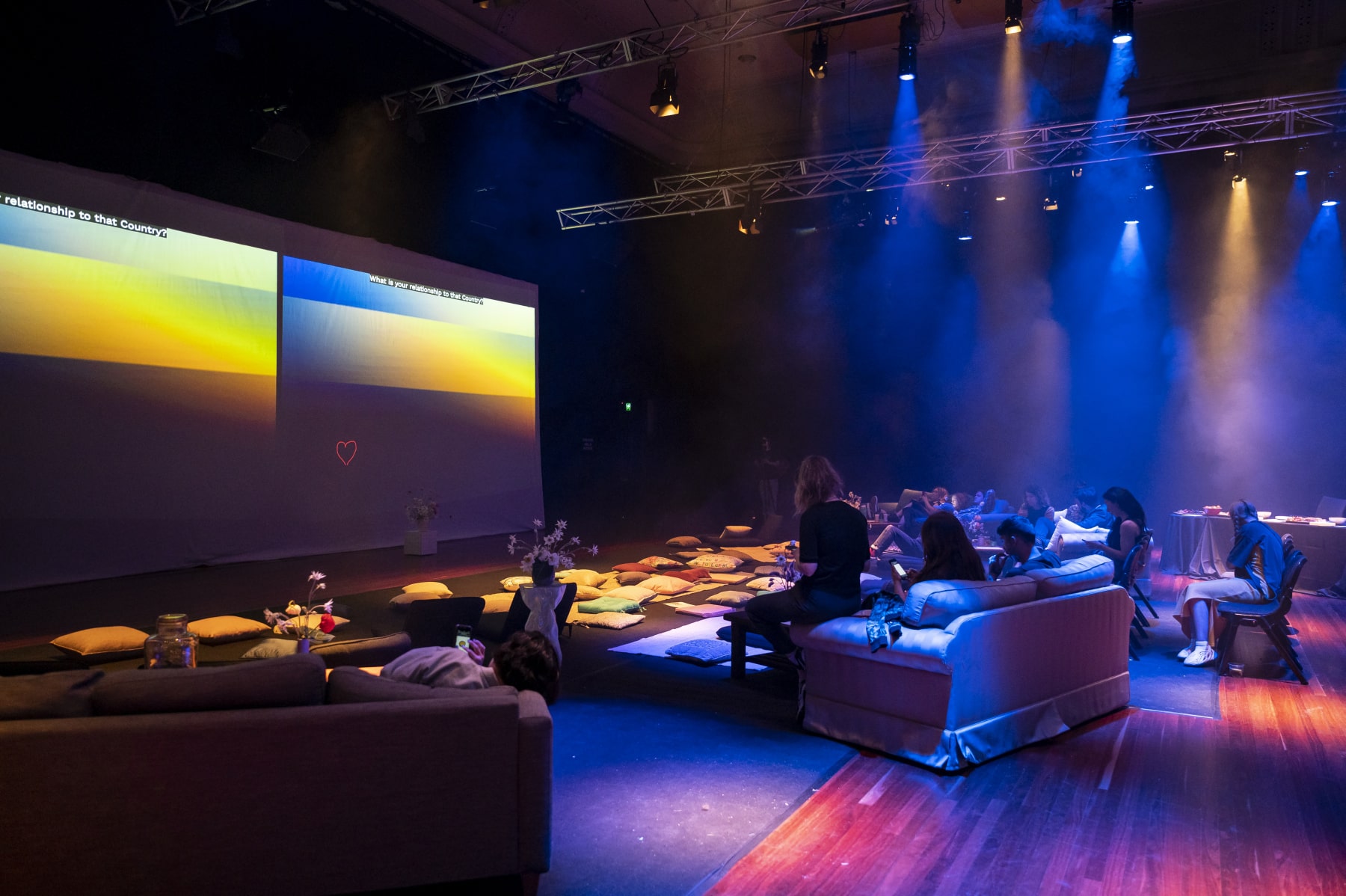
room2
Patrick Hase & Anuraag Bhatia
Before comments replaced conversations and bubbles hardened around our virtual selves, curiosity carried us to places where the unexpected still lived online. Moving from platform-dominated internet spaces to imagine alternative modes of communication, gathering and art, room2 invites audiences to chart their own route through the digital forest.
room2 is a suite of hybrid in-person and online digital performance spaces that encourage reflection and sharing, which collectively seek to shift users into a slower, more reflective way of engaging with sound, listening and online art experiences. With newly commissioned sound, visual and written commissions, Anuraag Bhatia and Patrick Hase bring their backgrounds in digital media, DJing and curation – and the attention towards care and safety in these spaces – to room2.fm for BLEED.
room2 was born from Anuraag and Hase’s shared experiences of the transformative power of non-commercial digital spaces in the internet’s early days, and a desire to create a digital space for collective reflection.
For this incarnation of BLEED, Anuraag and Hase have invited some of the most interesting artists working in the field of sound and online art today. With contributions from Yuin musician E Fishpool, game developer Mohamed Chamas and interdisciplinary artist Tahlia Palmer among others.
room2 is a contemplative journey undertaken together.
Read Artist Statement
“Can digital platforms spark reflection and awareness, rather than be anaesthetising? Are there still to-be-explored ways of being together, apart? How much of the jubilance of togetherness in-person is transferable to being together online?”
room2 was born from our shared experiences of the transformative power of anti-commercial digital spaces from early internet days, and a desire to create a digital space for collective reflection, sharing, and vulnerability. We both bring a fluency in the language and format of a range of digital spaces that is grounded in extensive experience in do-it-yourself/do-it-together organising across experimental music and the arts.
We sought to recreate some of the feelings and modes of interaction of the early internet – modes moved more slowly, and simultaneously were more personal/intimate while not requiring your online identity to be linked to your in-person one. We sought to channel some of the specificities of ‘live’ performance – in particular, the give-and-take between dancer and DJ, between performer and listener, between listeners or dancers and each other – and how the listener or dancer’s response informs the performing artist. We wanted to recreate that symbiotic enmeshment while looking at the specificities of a digital context and look at modes of interaction that can only happen mediated through tech or devices, while also subverting the hierarchy of in-person events being the ‘real’ event and online streamed versions as an inferior analogue.
Read Artist Statement
“Can digital platforms spark reflection and awareness, rather than be anaesthetising? Are there still to-be-explored ways of being together, apart? How much of the jubilance of togetherness in-person is transferable to being together online?”
room2 was born from our shared experiences of the transformative power of anti-commercial digital spaces from early internet days, and a desire to create a digital space for collective reflection, sharing, and vulnerability. We both bring a fluency in the language and format of a range of digital spaces that is grounded in extensive experience in do-it-yourself/do-it-together organising across experimental music and the arts.
We sought to recreate some of the feelings and modes of interaction of the early internet – modes moved more slowly, and simultaneously were more personal/intimate while not requiring your online identity to be linked to your in-person one. We sought to channel some of the specificities of ‘live’ performance – in particular, the give-and-take between dancer and DJ, between performer and listener, between listeners or dancers and each other – and how the listener or dancer’s response informs the performing artist. We wanted to recreate that symbiotic enmeshment while looking at the specificities of a digital context and look at modes of interaction that can only happen mediated through tech or devices, while also subverting the hierarchy of in-person events being the ‘real’ event and online streamed versions as an inferior analogue.






